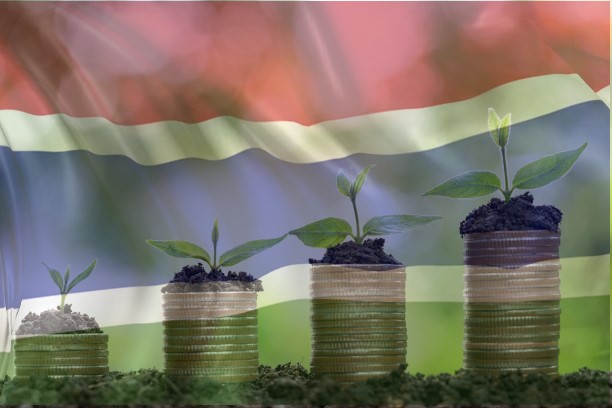

Gambia gets European funding
Access to clean energy in the Gambia is set to be transformed under a new €142 million initiative to harness solar power and supply clean energy across the country, backed by the European Investment Bank, World Bank and European Union.
[related_post]
The Scheme is planned to increase energy supply in the Gambia by one fifth and allow electricity access in rural communities through construction of a new photovoltaic plant at Jambur near Banjul, new power transmission and distribution infrastructure. The project will ensure increase access to energy to education and health services in the country ie all 1,000 schools and 100 health centres in rural parts of the Gambia
“Investment in Gambia’s energy infrastructure is essential to improve economic opportunities and daily lives in our country and this new project demonstrates how harnessing the power of the sun can power Gambia in the years ahead. The close cooperation between Gambia and international partners such as the European Investment Bank, World Bank and European Union will ensure that Gambia benefits from the most cutting-edge technical experience in the industry from around the world, and become a model for renewable energy for the rest of Africa.” said Ousainu Darboe, Vice President of the Republic of Gambia.
This became the largest ever financing for investment in Gambia and was formally signed by Maria Shaw-Barragan, Director for lending operations outside Europe, at a ceremony in Banjul yesterday attended by Vice President Ousainu Darboe and Attila Lajos, Ambassador European Union.

The European Union will provide € 106 million for the clean energy programme to be implemented by national electricity utility NAWEC. This includes €65 million under a 25-year long-term concessional loan from the European Investment Bank and a €41 million grant from the European Union budget. The project will also be supported by €35.7 million financing from the World Bank.
Energy demand in Gambia has grown by 5.5% a year in recent years and the new 20 MW solar power plant to the national energy grid will both significantly increase Gambia’s current generation capacity. At present more than half the population of Gambia do not have access to electricity and in rural areas only 15% of people are connected to the energy network. Electricity costs in the country are far higher than neighboring countries and fluctuate due to reliance on imported diesel.
A part of the European funding will support the feasibility and environmental studies, technical training, new infrastructure to connect social services and regulatory assistance to allow renewable energy to be supplied to the NAWEC.
In a significant move toward advancing green energy and industrial growth in the state, Himachal…
Golabl chemical conglomerate BASF has announced that its now offering the world’s first biomass-balanced polyethersulfone…
In a crucial stint to bolster the biogas sector and sustainable dairying in the country,…
TotalEnergies SE has received approval to proceed with its Middlebrook solar and battery project in…
Andhra Pradesh Chief Minister Chandrababu Naidu has inaugurated the Rs 1,000-crore green hydrogen plant of…
The BITS Pilani has developed an innovative solution for managing landfill leachate, domestic septage, and…